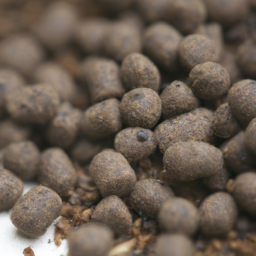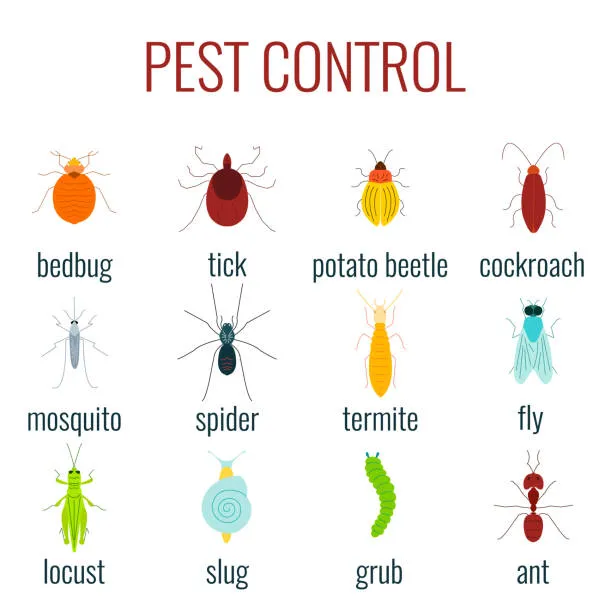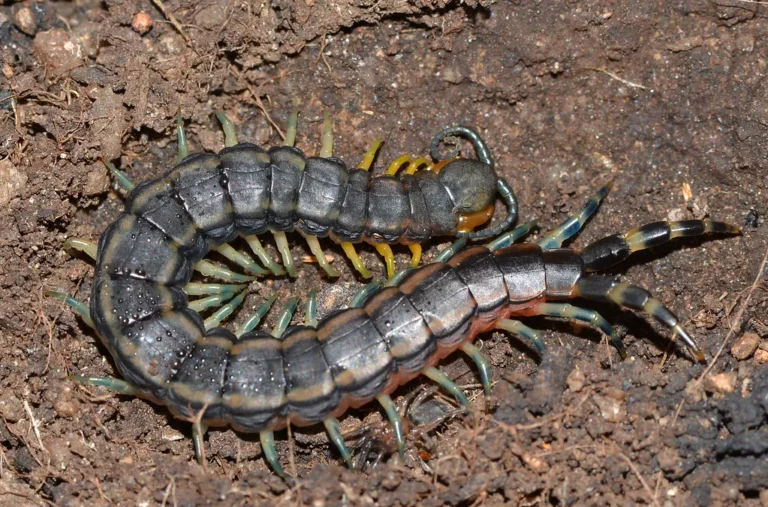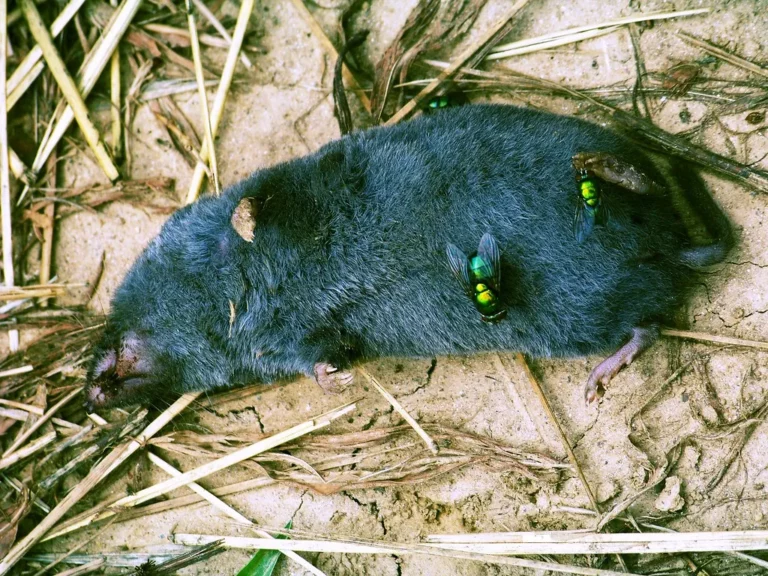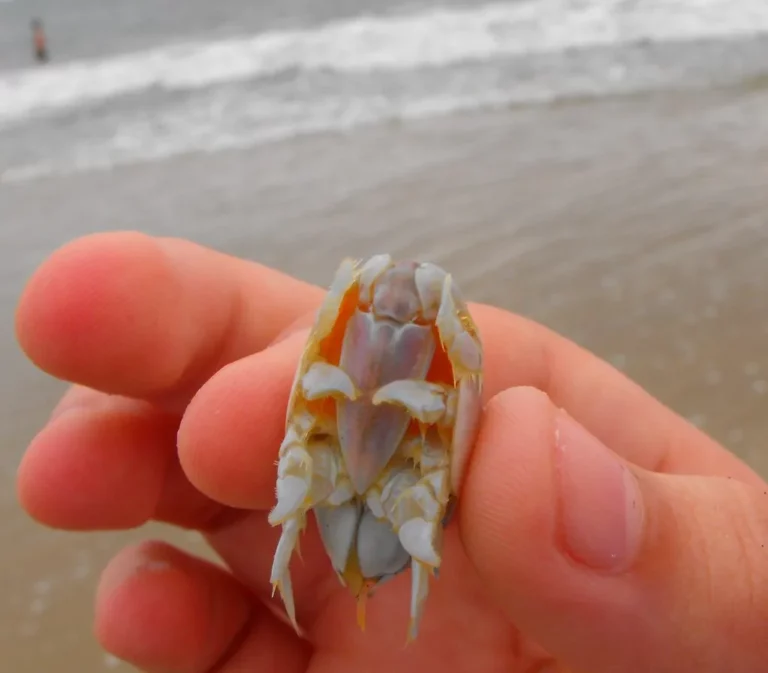Lice
Understanding Lice
Having lice can be a frustrating experience. Learning more about lice and how to protect yourself can help reduce the risk of getting them.
What are lice?
Lice are small, wingless parasitic insects. They feed on blood and can infest the heads and bodies of humans.
Types of lice
There are three types of lice that can affect humans:
-
- Head lice – The most common type of lice, these can attach themselves to the scalp and cause itching, inflammation, and skin rashes.
-
- Body lice – These typically live in clothing or bedding and can cause skin irritation and infection.
-
- Pubic lice – These lice live in pubic and other body hair and cause itching and may also spread infections.
Preventing lice
There are several steps you can take to reduce your risk of getting lice:
-
- Avoid close contact with someone who has lice. Lice can spread quickly through physical contacts, such as sharing hats, combs, or clothing.
-
- Keep your hair clean and well-groomed. Good hygiene practices can reduce the risk of getting lice.
-
- Check for lice regularly.If you notice signs of lice, treat them quickly to avoid spreading them to others.
Treating lice
If you think you have lice, it’s important to treat them quickly. Options for treatment include over-the-counter or prescription medications or natural remedies such as coconut oil. Regardless of which treatment you use, it’s important to follow the instructions carefully, as well as to wash bedding and clothing to get rid of any lice or eggs.
In conclusion, understanding more about lice can help reduce the risk of infection. Taking preventative measures, such as avoiding close contact with someone who has lice, keeping your hair clean and well groomed, and checking for lice regularly, can help to minimize the risk. If you think you have lice, it is important to treat them quickly to avoid spreading them to others.
According to the Centers for Disease Control and Prevention (CDC), lice are a type of small insect that live on the scalp and skin. They feed on blood and can cause an itchy feeling on the scalp or body.
A lice infestation (or infestation of head lice) is when these insects live and reproduce on the scalp, neck, or body of an individual. This can be a nuisance and embarrassing, as the visible eggs and nits (the empty eggshell from which a louse hatches) can be seen and felt.
It’s important for people to be aware that infestation with lice or nits is not a sign of poor hygiene, as lice can and do spread from person to person very easily. The primary way to prevent infestation is through close contacts, such as living in the same house, sharing a bed or a hat, or using the same clothing.
Lice infestations can be easily distinguished from dandruff because the latter is usually pale and reflects the light, while lice are darker in color and darker in color than dandruff.
If an individual discovers they have an infestation, they should wash their hair and clothing as soon as possible, preferably in hot water. Using an insecticide specifically made for lice and combing regularly will help with the removal of lice and eggs. An infestation can be confirmed by the presence of red bumps on the scalp, neck, or body, or by a specialized microscope to detect lice eggs.
It is important to seek medical advice when lice infestations become persistent, as treatment options may include medicated shampoo, special shampoos that help loosen lice or eggs from the scalp, and a conditioner that may contain an insecticide to kill lice.
In conclusion, lice can be a nuisance and embarrassing and should be treated quickly and effectively. While rudimentary treatments may work, it is always best to seek medical advice to ensure a swift result.
Also Read: Chiggers in Bed
Related: Local Pest Control
Related: Can Rats See in The Dark
Related: Sand fleas
Related: Best Mouse Poison that Kills without Smell
Related: Dust Mites in Bed Symptoms


